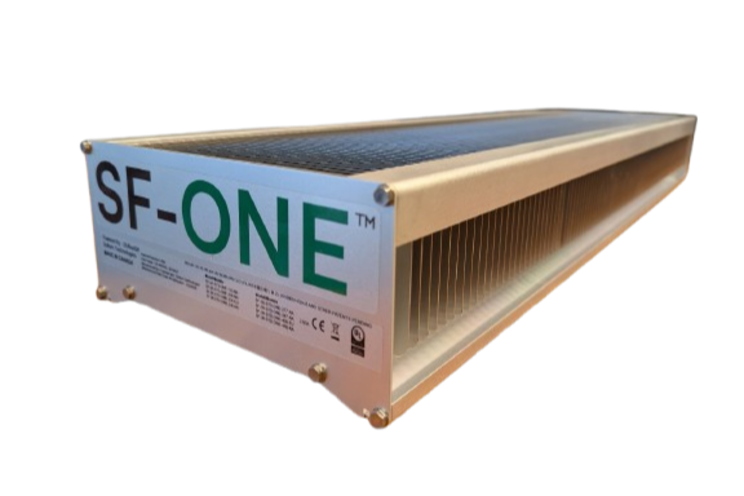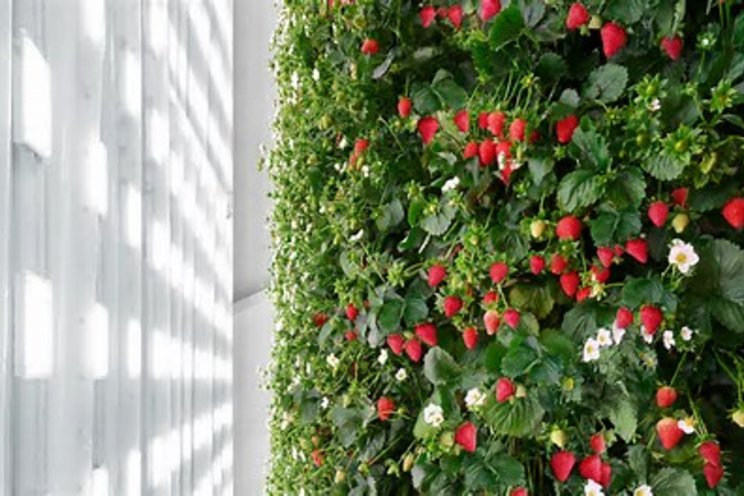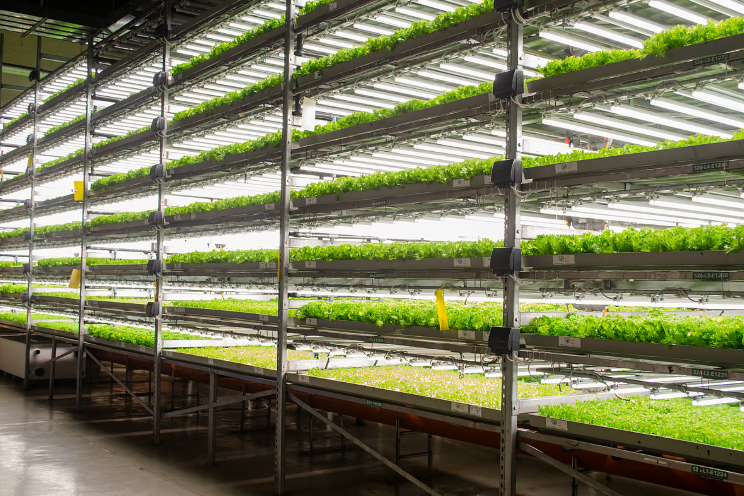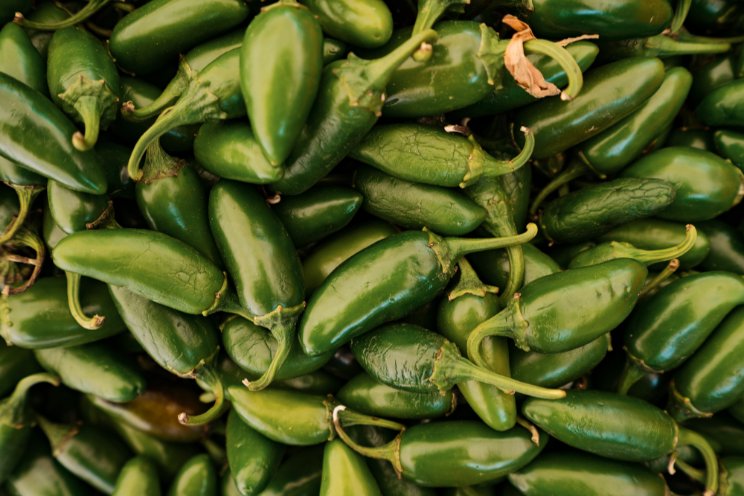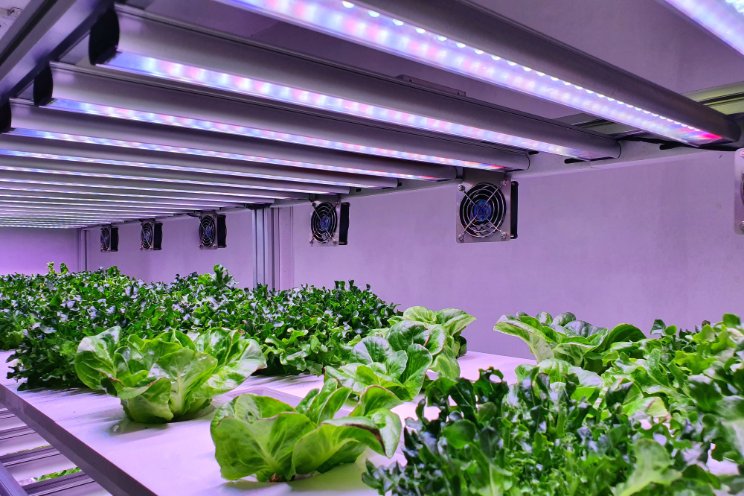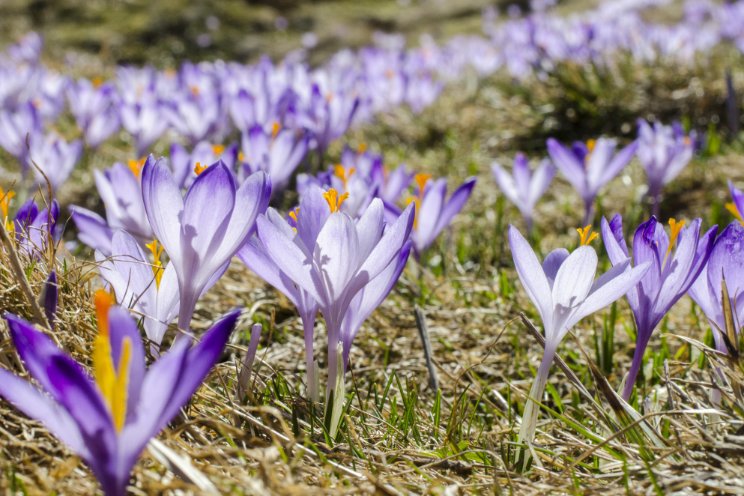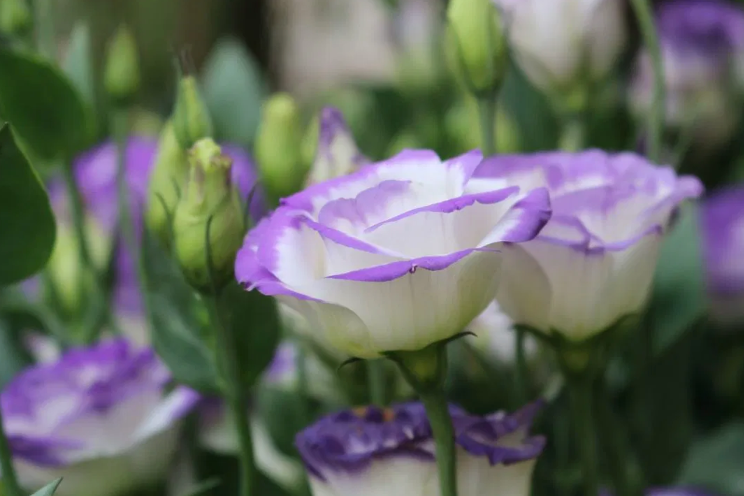Greenhouse energy and irrigation management leads to efficiency
Added on 10 June 2024
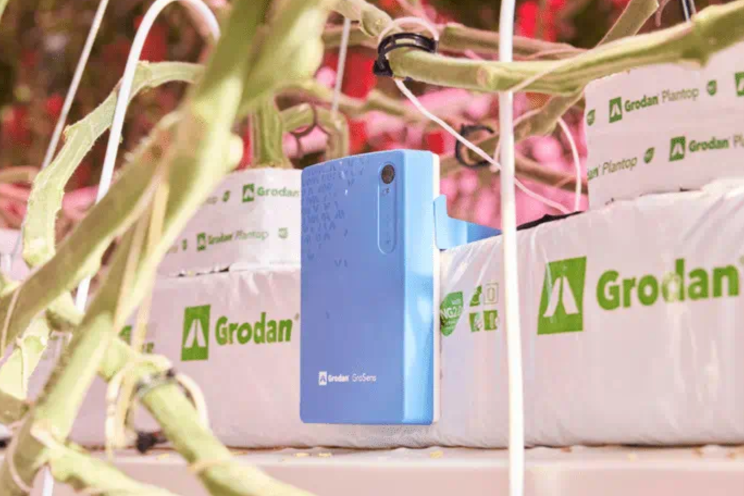
Andrew Lee pulled some baseline figures from 2000 and he found that growers were generally using about 600 KwH of energy per square meter–about 60 cubic meters of gas per square meter, “which is astounding,” he says. That energy input went along with about 30 liters of water per square meter per week during winter (and a drain volume of around 30%).The main research question at the time was: “Is it more economical for humidity control to vent first and then heat the greenhouse? Or heat the greenhouse and then vent?”. The answer was to vent first and then heat the greenhouse.
Fast forward to today, and the evolution has been remarkable
The energy crisis in the late 2000s triggered a major research effort into finding ways to lower heat input. As such we now use the climate screens every day and we fully understand the term absolute humidity (AH) when it comes to climate control. At the same time high pressure sodium lamps are now replaced with low energy LED lighting. This momentum is now continued in an innovative research program by Grodan and Philips Horticulture LED Solutions, taking a closer look at energy efficiency. The research question raised was, “Can we stimulate sufficient water and nutrient uptake in a low heat input full LED crop using an additional growing pipe or active dehumidification?”. Grodan and Philips chose the latter.
More news
